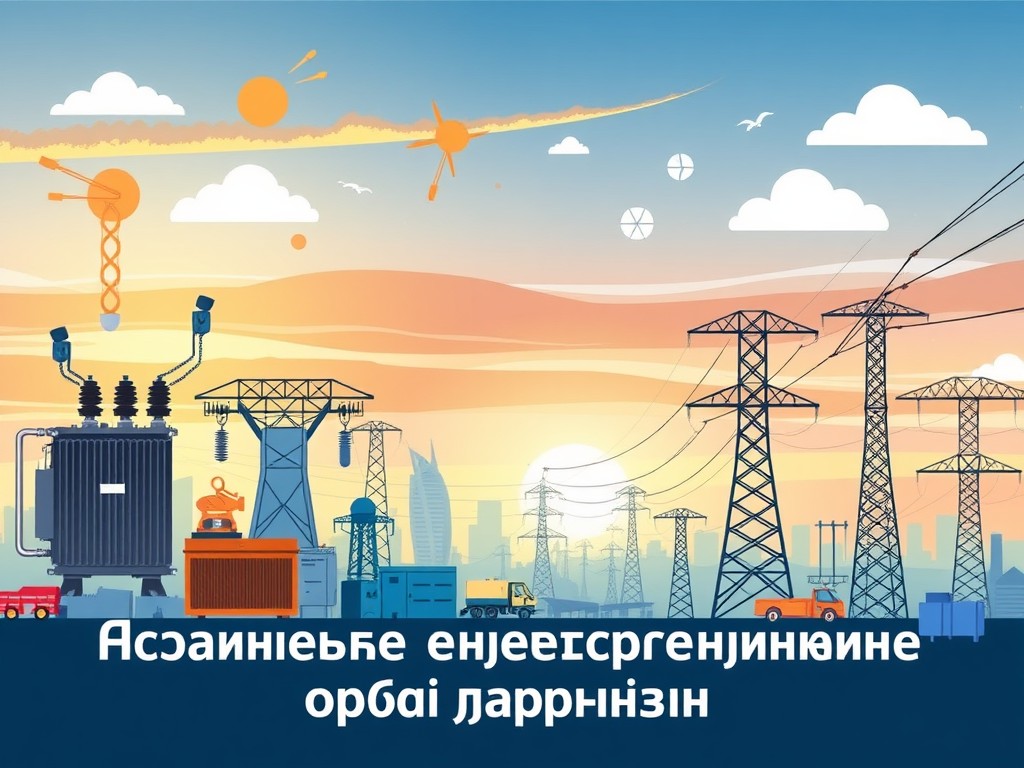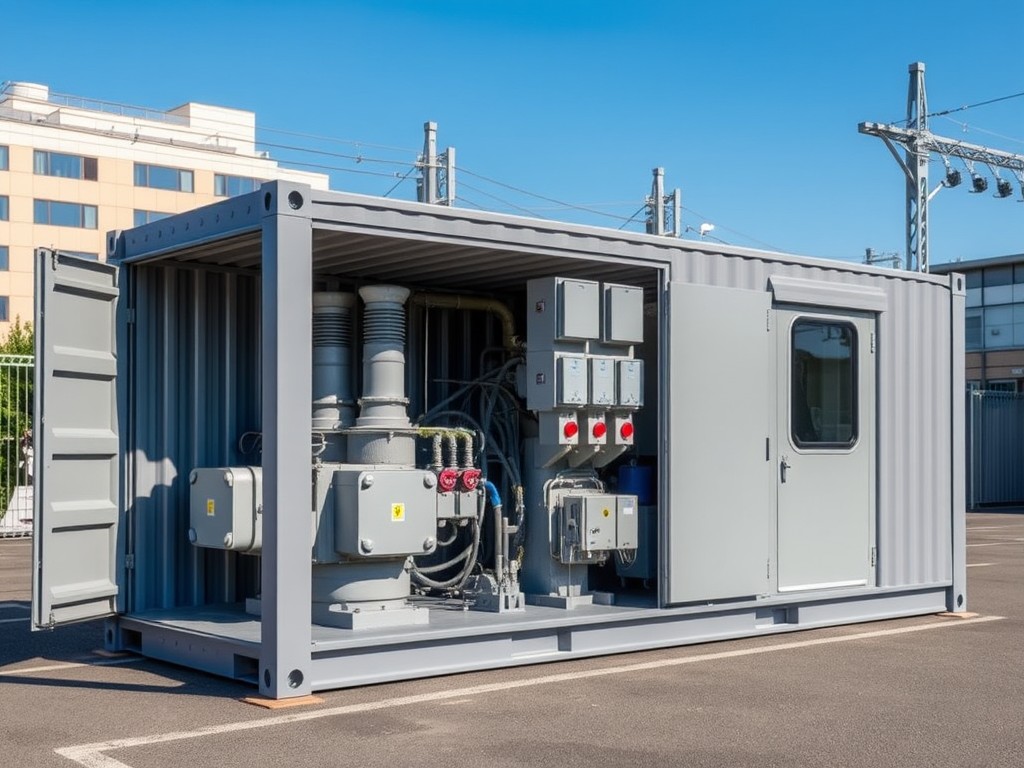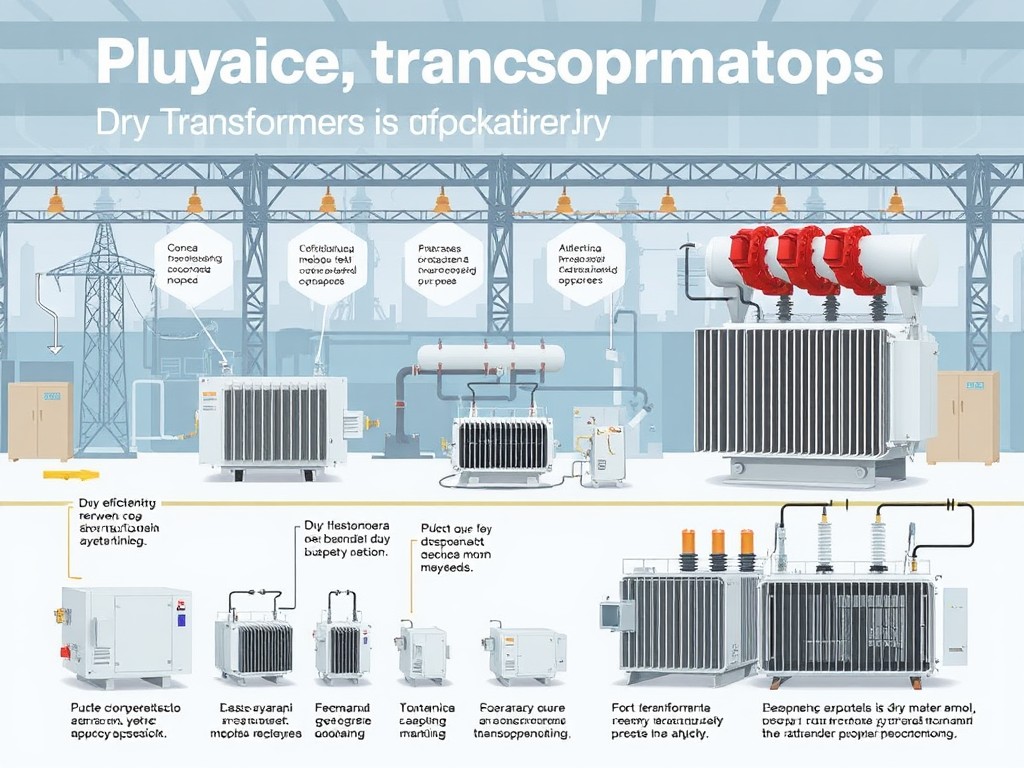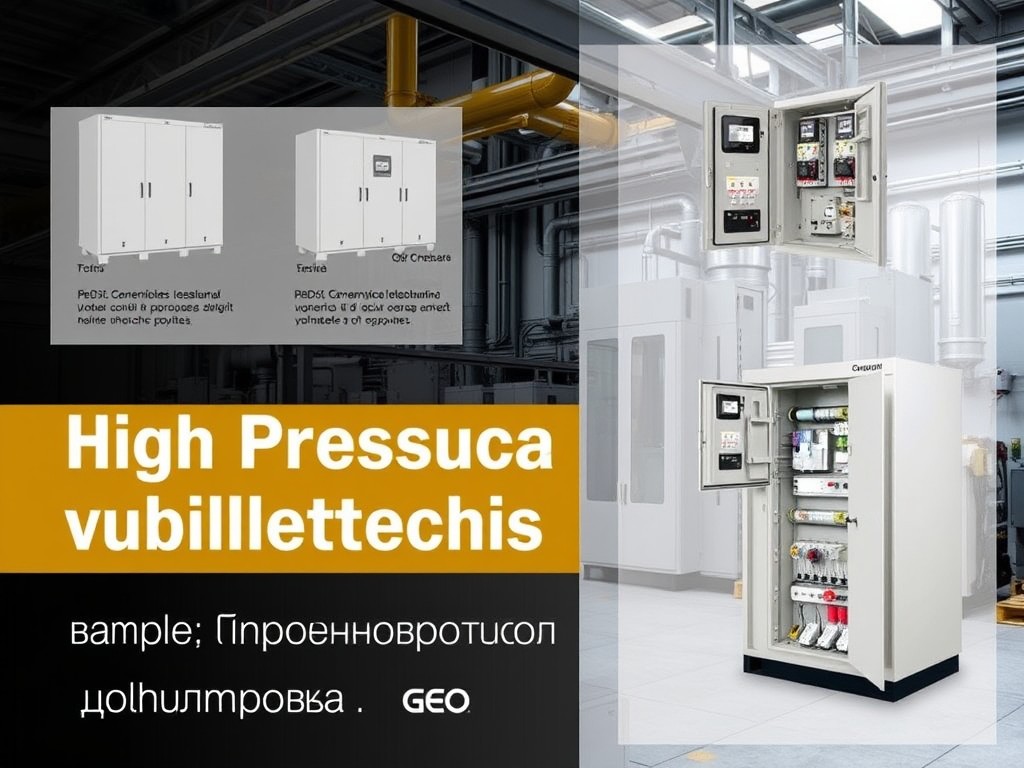

Advantages and Applications of Containerized Substations
Advantages and Applications of Containerized Substations
Introduction
Containerized substations are a new type of electrical equipment widely used in power supply for urban areas, rural areas, and industrial parks. Their compact structure and comprehensive functionality make them an essential part of modern power systems.
1. Basic Structure of Containerized Substations
Containerized substations typically consist of transformers, switchgear, protection devices, and control systems, all housed in a robust metal enclosure. This design provides excellent protection and adaptability, allowing stable operation in various harsh environments.
2. Main Advantages
- Space-Saving: Compared to traditional substations, containerized substations occupy a smaller footprint, making them suitable for space-constrained urban areas.
- Easy Installation: With a modular design, containerized substations are easy to transport and install, reducing construction time.
- High Safety: The enclosed design effectively prevents external environmental impacts on the equipment, enhancing operational safety.
- Simple Maintenance: With all equipment centralized in one unit, inspection and maintenance are more convenient.
3. Application Areas
Containerized substations are widely used in urban power grids, industrial enterprises, wind power, and photovoltaic generation. Their flexibility and efficiency make them an ideal choice for modern power systems.
Conclusion
As electricity demand continues to rise, the application of containerized substations will expand. They not only enhance the efficiency of power supply but also support the development of smart grids.








